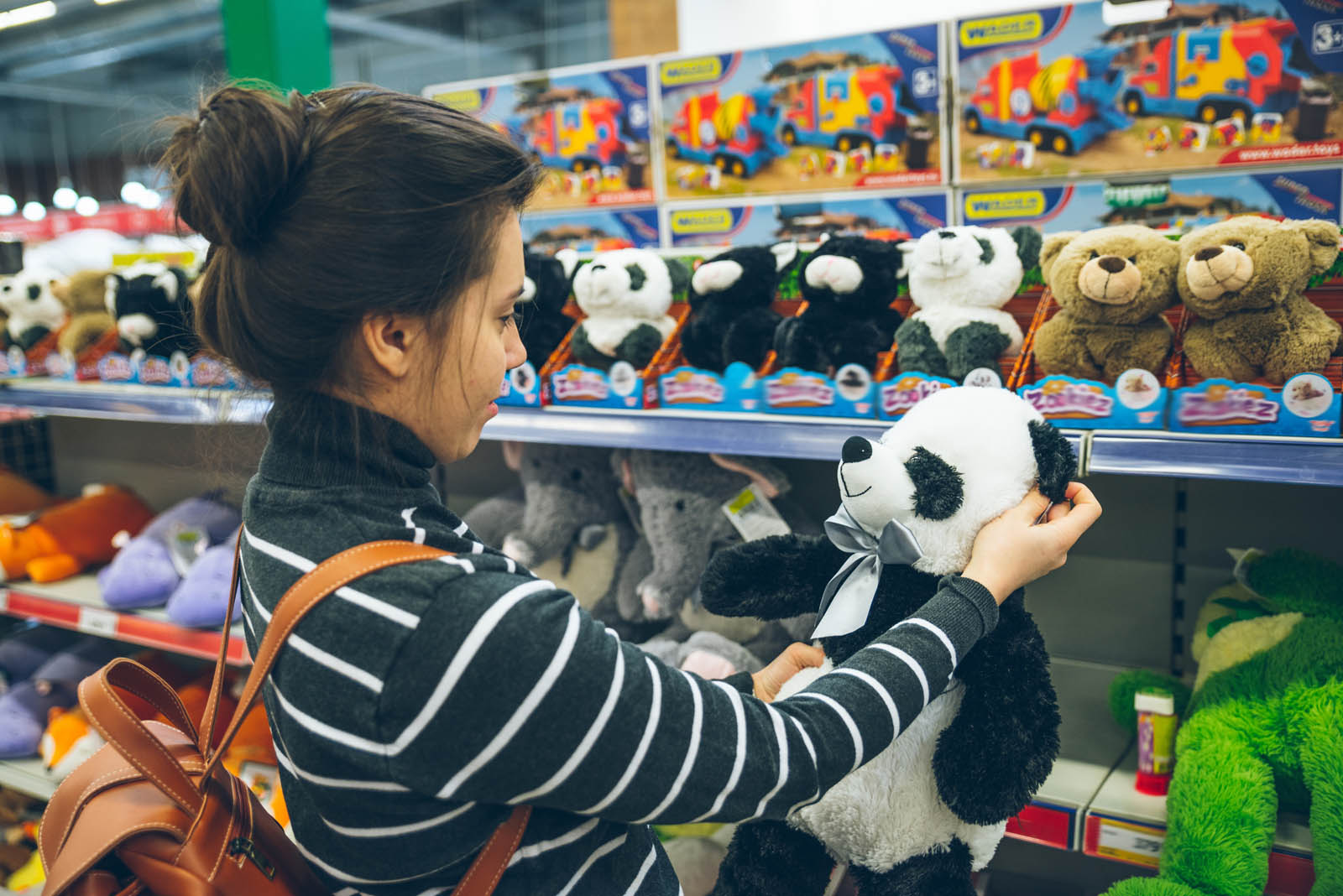
Case Study
Using Decision Trees to Understand Toy Shopper’s Behaviors
overview
A concrete understanding of shopper navigation both in-store and online is often a key need for shopper insights professionals. To have a deep understanding of how shoppers interact, what they interact with, how long and how many times they do so while shopping is valuable information for informing shopper and retail strategy. Layered with how shoppers make decisions and choose what gets put in their cart, and how those shopping behaviors may differ based on what they are shopping for requires a multifaceted approach to identify and understand.
With these complex needs in mind, our client, a toy manufacturer, approached C+R Research for help.
THE PROBLEM
What’s the Decision Tree for Toy Shoppers?
The client needed a deeper understanding of how shoppers shop their category – both in the shopper decision navigation processes when shopping. Specifically, this research was intended to identify and answer the following questions:
- What in-store elements do shoppers use to navigate the store and aisles to get to what they seek?
- What online elements (paths, search terms, etc.) do they use to navigate online?
- What do the navigational patterns and habits look like and how do they differ based on what they’re shopping for or where they are shopping?
- How are different elements leveraged as part of the shopping journey (packaging, signage, reviews, product videos, etc.)?
- Why do some shoppers end up not purchasing?

OUR APPROACH
A Multi-Modal Qualitative and Quantitative Research Plan
We developed a multi-phase project to gain a comprehensive understanding of the toy shopper. Starting with an online quantitative survey profiling the shopper’s last shopping occasion and leveraging a sequence clustering approach for developing decision trees, we dug deep into the shopper experience. Following the quantitative results, we conducted video shopping quests paired with an online qualitative discussion. This phase was designed to collect unbiased observation of the shopping processes and interactions followed by discussions on their shopping experiences. This phase also allowed us to code the video data to get detailed information on the length of time they shopped and interactions while shopping. Lastly, we conducted follow up webcam IDI shop-alongs to delve into the nuances surrounding packaging and shopper navigation at the shelf or on category/product detail pages (PDP) online.

The result
Deep and Extensive Insights on How Shoppers Shop
We helped the client develop a comprehensive understanding of shopping in the toy category and where key influence opportunities existed based on navigation, engagement and decision-making criteria. Opportunities and differences were identified across categories shopped as well as between in-store vs online shopping.


proven experience
related case studies
